Piedmont in “northern italy”
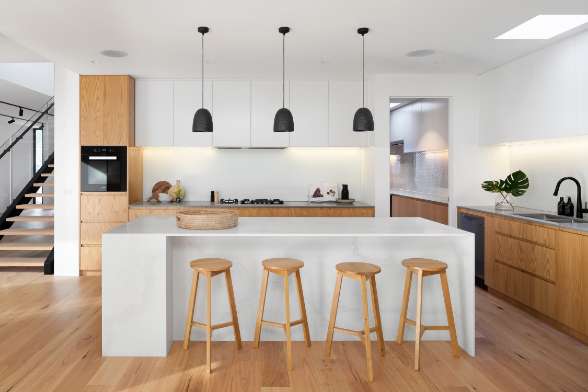 Italian design has always stood out for its creative dexterity and aesthetic sensitivity, its ability to combine craftsmanship and innovative processes, its focus on materials and the influence of local supply chains on production. Over time, these characteristics have allowed Italian design to combine the best economic, cultural and scientific qualities, making it one of the most appreciated symbols of Italy abroad.
Italian design has always stood out for its creative dexterity and aesthetic sensitivity, its ability to combine craftsmanship and innovative processes, its focus on materials and the influence of local supply chains on production. Over time, these characteristics have allowed Italian design to combine the best economic, cultural and scientific qualities, making it one of the most appreciated symbols of Italy abroad.
The ability to project has always been the cornerstone of design. The Italian translation of the term ‘design’ is ‘progetto’ (project), a word that carries the notion of the future itself. Italian design has never been confined merely to the production of beautiful shapes, but has also focused on the ability to build relationships between products, services and users; this attitude has made Italian design intelligible and appreciated throughout the world. The Italian design movement was born in northern Italy between the two World Wars, more precisely in Lombardy, where a few young designers and architects – Franco Albini, Achille and Pier Giacomo Castiglioni, Vico Magistretti – began to create objects with a new and contemporary touch that combined functionality and beauty. This is how some of the icons of Italian excellence in international design were born.
“In Piedmont, creative ideas are the distinctive element of several other primary production sectors.”
Figures for Design in Turin and Piedmont

376 MEURO
in the design sector in Piedmont

2500
design workers
The average annual revenue growth for Core Design companies over the last 10 years was 3.5%, with a 2.7% average increase in the number of employees over the same period.
There has been increase in the offering of design services in Piedmont over the last two decades with a few peak years in Core Design start-ups:
2% 2008
compared to the corresponding figures for previous years
2% 2008
compared to the corresponding figures for previous years
3,2%2007
compared to 2016
1,9%2017
compared to 2020
Design and interior design in Piedmont:
a history of innovation
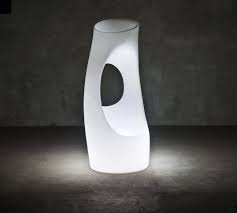 The distinctive element of Piedmontese interior design and furniture is its technological innovation, being able to dialogue with other industrial sectors present in Turin like aeronautics, aerospace and advanced manufacturing. The push for innovation and the use of advanced machinery came specifically from the aerospace industry and involved subcontracted suppliers in the sector. Innovation in Piedmontese interior can be seen through shapes, materials and the use of highly specialized types of moulds and machinery.
The distinctive element of Piedmontese interior design and furniture is its technological innovation, being able to dialogue with other industrial sectors present in Turin like aeronautics, aerospace and advanced manufacturing. The push for innovation and the use of advanced machinery came specifically from the aerospace industry and involved subcontracted suppliers in the sector. Innovation in Piedmontese interior can be seen through shapes, materials and the use of highly specialized types of moulds and machinery.
Sustainability as a watchword
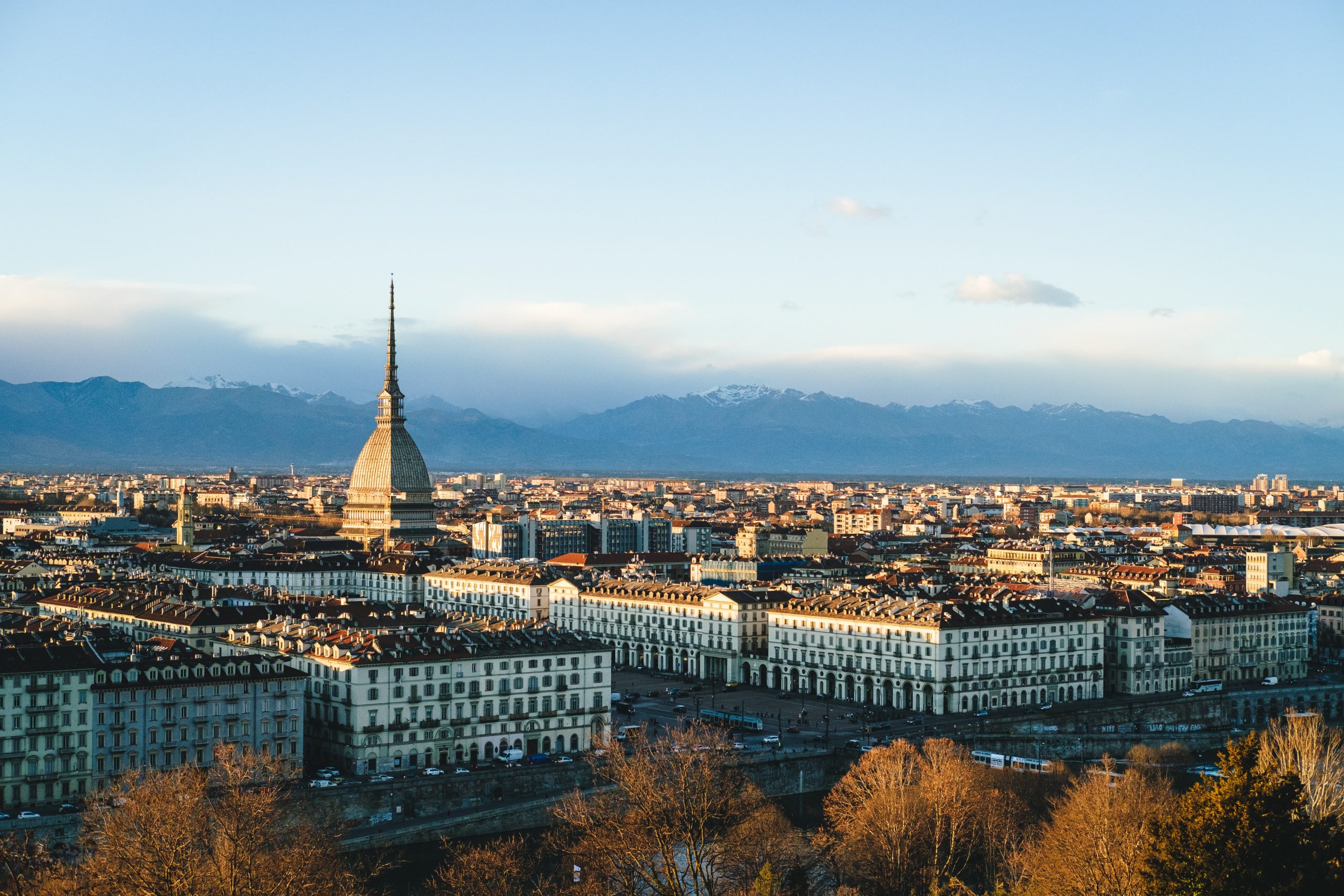 Designers and businesses must become the vanguard of a conceptual and practical regeneration of objects and spaces. New ways of designing are emerging to provide answers to our contemporary needs. Among them is Systemic Design, which has been tried and tested in the creation and management of major regional events, and the Politecnico di Torino is one of the most advanced research centres in this field. Systemic Design is linked internationally to the Blue Economy, where the focus is on the ability to create relationships and connections that can reactivate territories from grassroots.
Designers and businesses must become the vanguard of a conceptual and practical regeneration of objects and spaces. New ways of designing are emerging to provide answers to our contemporary needs. Among them is Systemic Design, which has been tried and tested in the creation and management of major regional events, and the Politecnico di Torino is one of the most advanced research centres in this field. Systemic Design is linked internationally to the Blue Economy, where the focus is on the ability to create relationships and connections that can reactivate territories from grassroots.
“Greatest challenge is promoting an ecological transition that combines functionality and well-being with.”
Higher education and international events
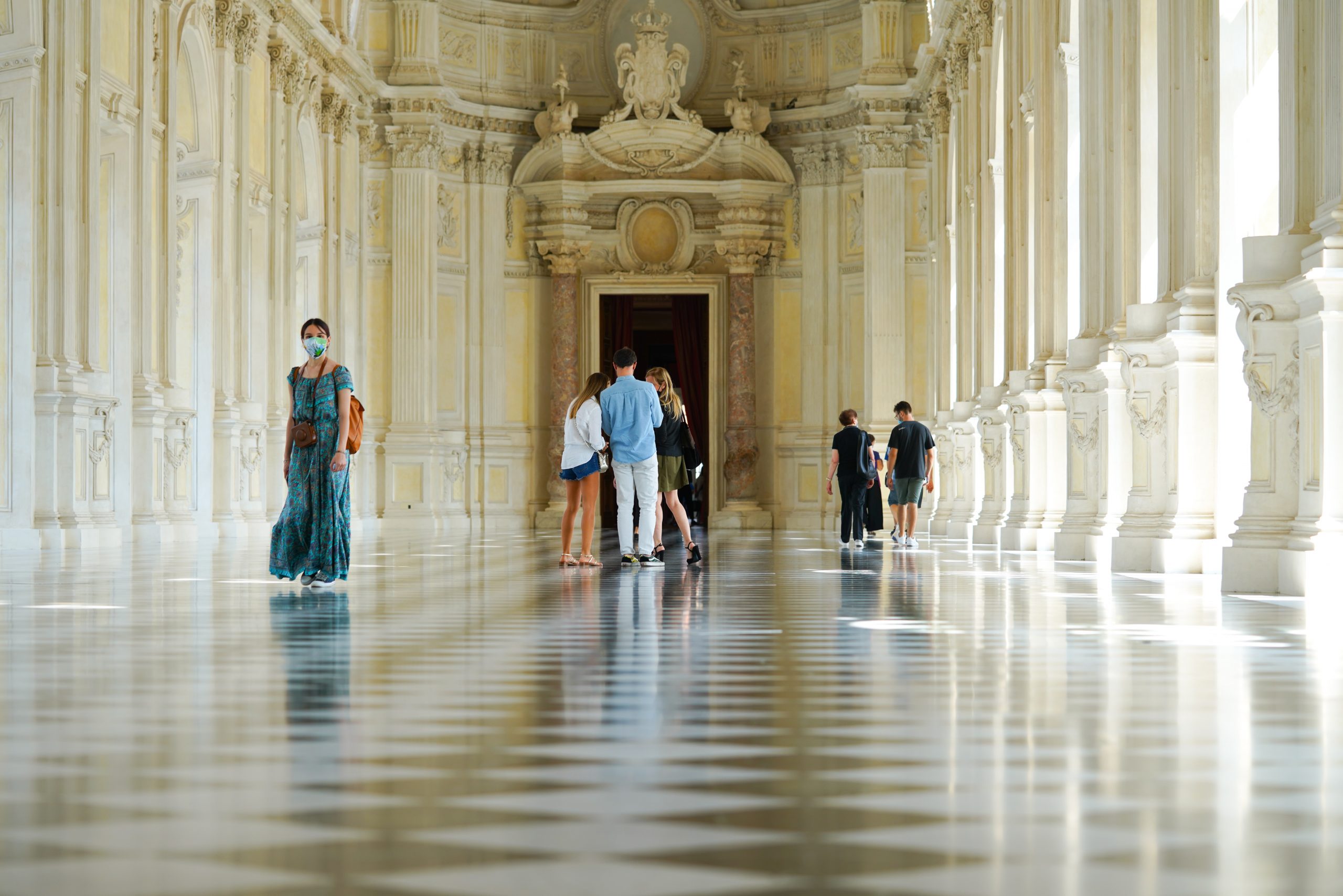 The city of Turin has seven universities and institutes offering advanced design courses to approximately 100,000 students: Università di Torino, Politecnico di Torino, Accademia Albertina di Belle Arti, IED – Istituto Europeo di Design, IAAD – Istituto di Arti Applicate e Design and Università del Piemonte Orientale. In the design sector the most important events are the Artissima Fair, the View Conference and Fest, the Torino City of Design event, Operae – Independent Design festival, and the Torino Fashion Week. Turin also hosts the Circolo del Design, a UN and UNESCO centre with the seats of the ILO, UNICRI, UNSSC and SIOI, as well as the Residences of the Royal House of Savoy, a World Heritage Site, and the Po Hills Biosphere Reserve, part of the UNESCO Man & Biosphere Program.
The city of Turin has seven universities and institutes offering advanced design courses to approximately 100,000 students: Università di Torino, Politecnico di Torino, Accademia Albertina di Belle Arti, IED – Istituto Europeo di Design, IAAD – Istituto di Arti Applicate e Design and Università del Piemonte Orientale. In the design sector the most important events are the Artissima Fair, the View Conference and Fest, the Torino City of Design event, Operae – Independent Design festival, and the Torino Fashion Week. Turin also hosts the Circolo del Design, a UN and UNESCO centre with the seats of the ILO, UNICRI, UNSSC and SIOI, as well as the Residences of the Royal House of Savoy, a World Heritage Site, and the Po Hills Biosphere Reserve, part of the UNESCO Man & Biosphere Program.
The piedmontese house
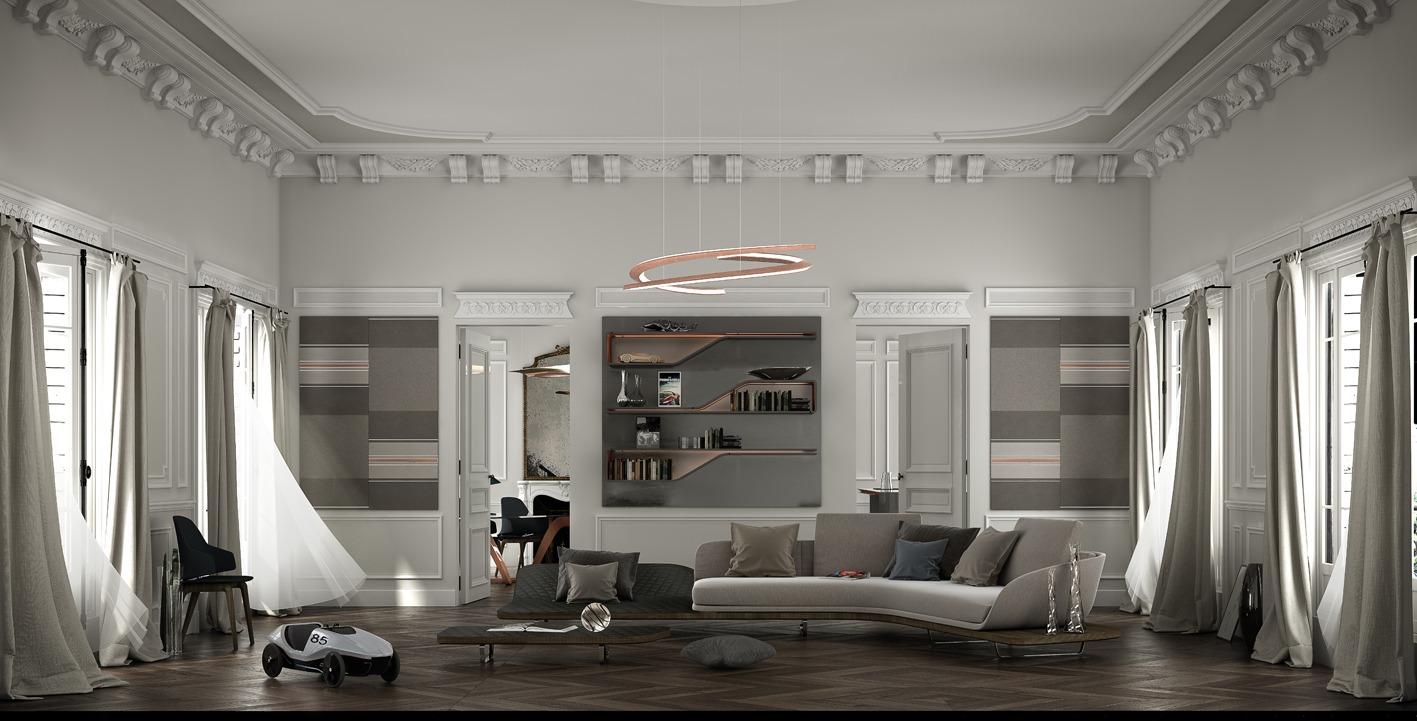 The concept of the Piedmontese house combines several souls, all united by their care for environments: the ability to bring together contemporary needs such as sustainability and energy efficiency with the use of low-impact natural materials is combined with lifestyle and design trends that put comfort, nature and leisure first. Piedmontese interior design materials feature a great tradition of metal working inherited from the aerospace and automotive industries, and among the iconic elements of the Langhe, a UNESCO World Heritage Site in Southern Piedmont, we find the union of tradition and innovation through the use of handmade bricks, with their materiality and high performance in terms of energy efficiency, acoustic comfort and reduced environmental impact.
The concept of the Piedmontese house combines several souls, all united by their care for environments: the ability to bring together contemporary needs such as sustainability and energy efficiency with the use of low-impact natural materials is combined with lifestyle and design trends that put comfort, nature and leisure first. Piedmontese interior design materials feature a great tradition of metal working inherited from the aerospace and automotive industries, and among the iconic elements of the Langhe, a UNESCO World Heritage Site in Southern Piedmont, we find the union of tradition and innovation through the use of handmade bricks, with their materiality and high performance in terms of energy efficiency, acoustic comfort and reduced environmental impact.
“Lifestyle and design trands that put comfort, nature and leisure first.”